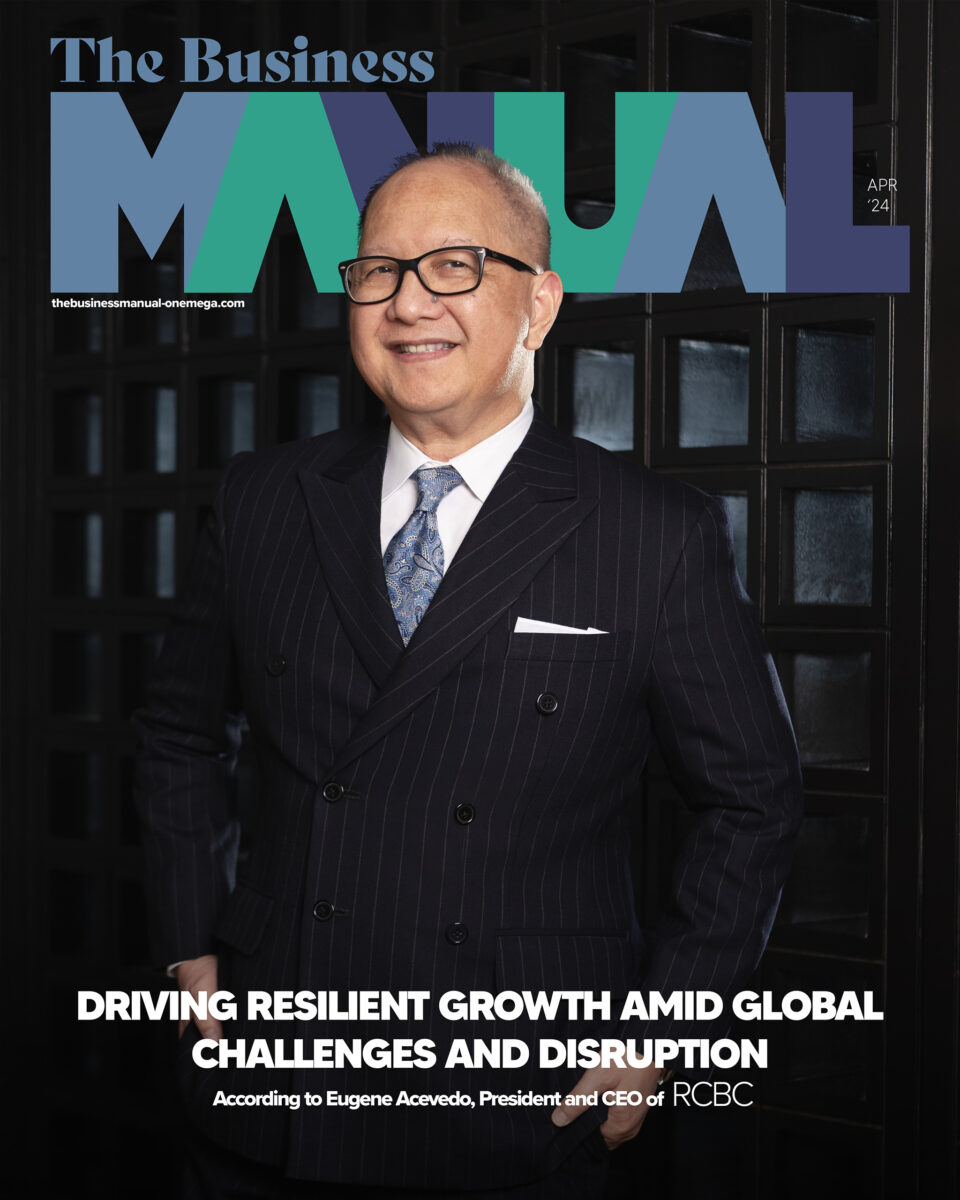5 Marketing Strategies That are Proven to Target Women

Ever wonder how you can create marketing strategies that will convince women to buy your products or avail of your services? We list some tips that will help you out.
It has been predicted that in the next decade, 66% of consumer wealth will belong to women, making it no surprise that many businesses have and will be creating products and services for women from here on out. What’s more, a lot of their marketing and advertising efforts are focused on their female audience, too!
However, marketing to women is a lot more complicated than just using pink, feminine colors, or cute images—especially in the digital age. When done right, you’re guaranteed a captive audience, but when poorly executed, it can drive them away or worse, cause backlash towards your brand.
To better understand how you can better appeal to women, here are some marketing tips to remember.
Use the Right Social Media Platforms
Social media is critical in any digital marketing effort these days and it pays to know which ones women use more.
According to data from Fohr, “around 78% of women are active on social media with a preference for Snapchat and Instagram.” Hootsuite likewise notes that 61% of TikTok’s users identify as female, while females—specifically those aged 25 to 34—actually make up one-third of Pinterest’s ad audience.
This, however, does not mean that companies should just instantly jump into the aforementioned social media platforms. It is still best to figure out first which of these platforms is the best fit to market a company’s products or services. There are also other factors to consider aside from the target audience’s gender, such as their age range, location, and active times on social media.
Embrace Influencer Marketing
Open TikTok or Instagram and it won’t take long to see that women pretty much dominate influencer marketing. In fact, there is a consistent trend among the age brackets of women that show more females follow influencers versus males.
Yes, data from Influencer Marketing Hub even shows that 33.1% of women—ages 16 to 24—follow influencers. In comparison, only 25.1% of males in the same age bracket do the same.
But that’s not all. According to Power Digital Marketing, women are also more likely to try a new product that they’ve seen on influencer posts. After all, numbers showed that 62% of the women surveyed have purchased a product based on what influencers have recommended.
Given all this, it can be said that embracing influencer marketing is an effective way to catch the attention of a female audience. However, it is not enough to just look for influencers who have large followings. Instead, narrow down your choices and pick those that fit your brand best and are appropriate based on the demographics of your specific target market.
Avoid Stereotyping Women
Much has been said about how women generally hate being stereotyped—whether as a beautiful but unintelligent person or a damsel in distress needing to be saved. Thus, it is best to avoid sexist types of advertising as well as objectifying women in your marketing campaigns.
Instead, take the time to better understand and respect the diversity of women. One message will definitely not resonate with all types of women or women of different ages. Pinpoint your specific target market and understand their needs, attitudes, and even priorities in order to convey the right message to them.
Pink Isn’t Always the Way to Go
Many businesses have the misconception that splashing pink all over product packaging or photos and videos posted online will automatically appeal to women. But that’s not exactly the case.
As an example, Promo cites Bic’s “For Her” campaign, which featured the brand’s regular pens that have been colored in pastel shades and marketed to women. The campaign, Promo says, received intense backlash from its intended audience.
“Making something pink does not automatically make it for women,” SocialToaster notes. “At the end of the day, it’s not the product. It’s the content of the message that distinguishes a campaign as targeting women.”
Share Women’s Stories
If you want your marketing campaign to resonate with women, you can tell their stories in your campaigns. There are many aspects of life that are unique to being female—including milestones and challenges that men don’t necessarily experience.
These stories don’t get shared often at times. And doing so helps your brand to better connect with women across different demographics, which will expand your reach. It likewise creates awareness of what women experience, as it can be considered compelling content that can attract your target audience.
The key takeaway in all this? Center your campaigns on what women want, speak their language, and be mindful of who delivers the message. By addressing all this, you’re guaranteed an audience, which in turn, converts to sales.




